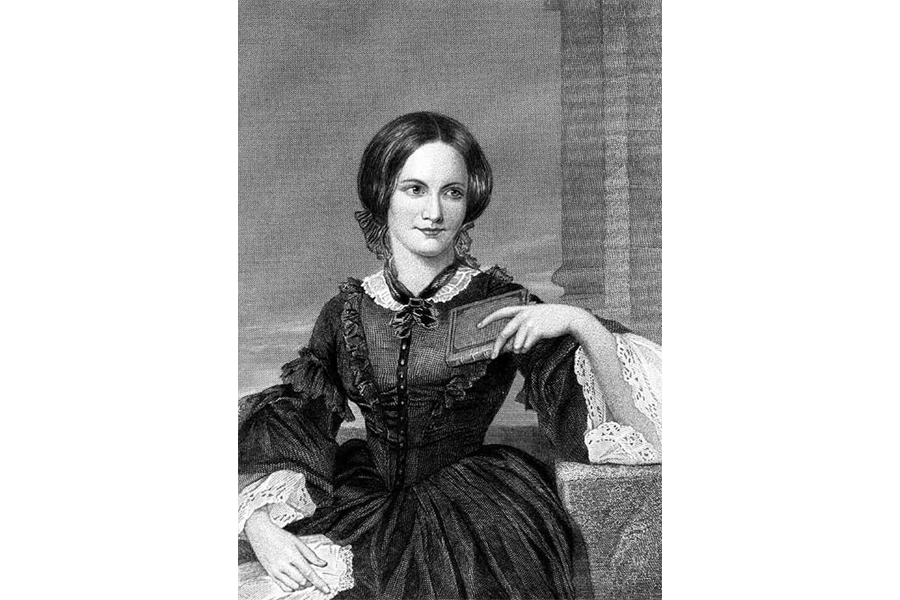Tiny books by young Brontës digitized for the general public
Loading...
In 1829, Charlotte Brontë, future author of "Jane Eyre," was 13. Her brother, future poet and painter Branwell Brontë, was 12.
Even though their fame would come as adults, the siblings had started writing together at ages nine and ten, according to Entertainment Weekly, but these early efforts were published in an unusual way: on tiny, handmade books.
About 20 of these tiny, 2.5 by 5 centimeter (less than 1 inch by 2 inches) books still exist, all by Charlotte and Branwell. Similar books by the younger sisters of the family, Emily and Anne, did not survive to the present day.
Harvard University has a collection of nine of these micro-volumes, which were sewn together from scraps of paper and handwritten in steel-nibbed pens, according to the Harvard Gazette. The text is hard to read because of the size, but recent restoration efforts show them to be surprisingly legible when enlarged.
Anderson Mayer, a Conservator who helped restore the books, said that "Perhaps children’s eyes and hands can read and manipulate these things, but for grownups they’re microscopic," according to the Gazette.
The books take place in "Glass Town Confederacy," a fantasy world based on Branwell's toy soldiers. The books, unusual in both size and content, offer fascinating glimpses into the the siblings' early artistic lives.
According to the Harvard Magazine, the Brontës referred to themselves as "scribblemaniacs" and continued writing tiny volumes into early adulthood. Though such juvenile works were dismissed as mere curiosities for decades, they are considered much more valuable today. In 2012, another tiny Brontë volume was expected to go for about half a million dollars at auction.
While Harvard's collection has been accessible to scholars for a long time, this is the first time they have been made available to the public in an online format. In addition to being digitized, the collection was fully restored in hopes of preserving this so-called "Brontë juvenilia," which had become increasingly fragile over nearly 200 years, according to the Harvard Gazette.
With the aid of digital technology and cutting-edge restoration techniques, however, these miniature books by miniature authors can now be read by anyone online, for free. If you'd like to take a look at these pint-sized masterpieces, check out the links below.
By Charlotte Brontë:
Scenes on the great bridge, November 1829
The silver cup: a tale, October 1829
Blackwoods young mens magazine, August 1829
An interesting passage in the lives of some eminent personages of the present age, June 1830
The poetaster: a drama in two volumes, July 1830
The adventures of Mon. Edouard de Crack, February 1830
By Patrick Branwell Brontë:
Branwells Blackwoods magazine, June 1829
Magazine, January 1829
Branwells Blackwoods magazine, July 1829
Weston Williams is a Monitor Contributor.








